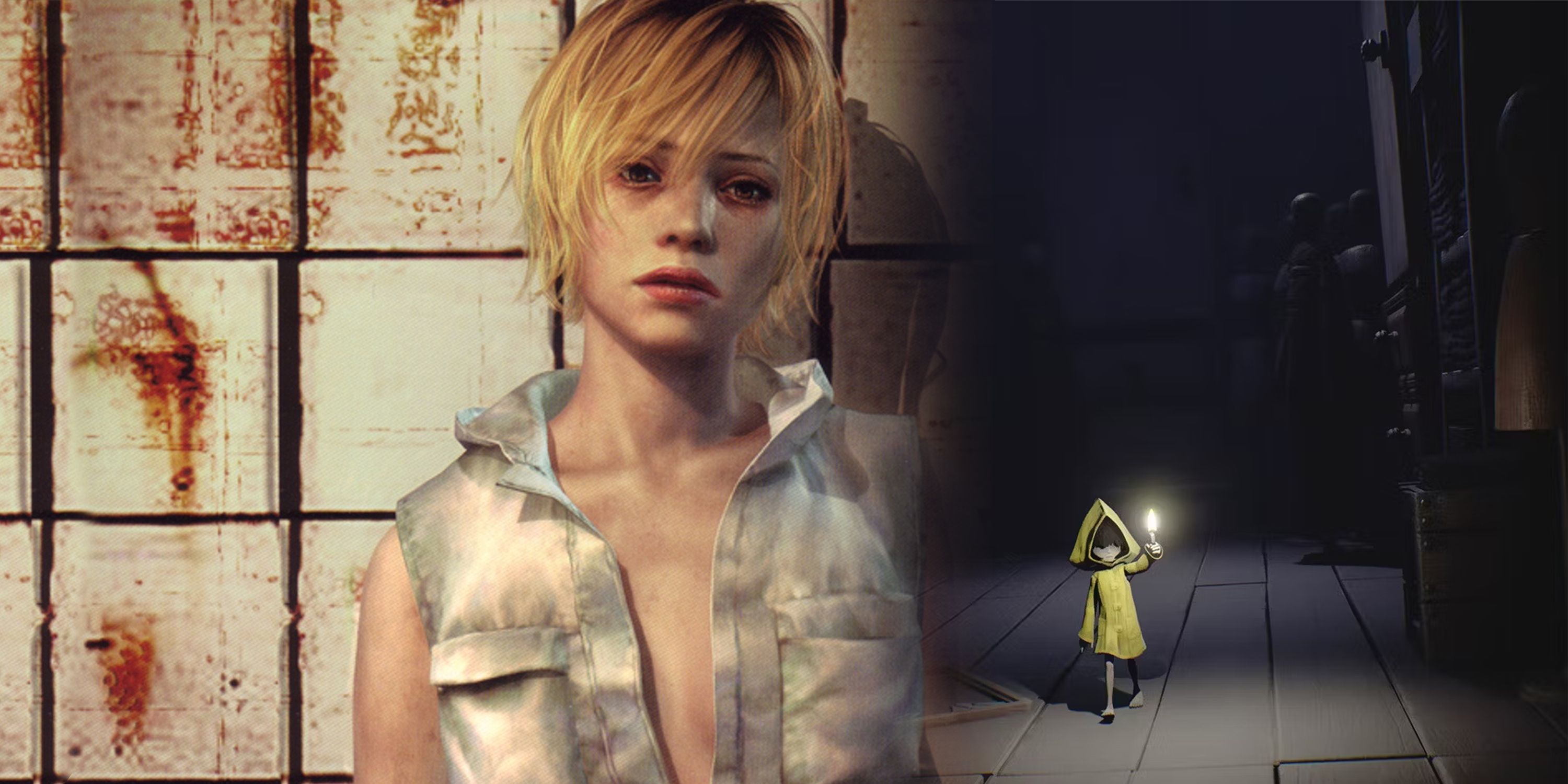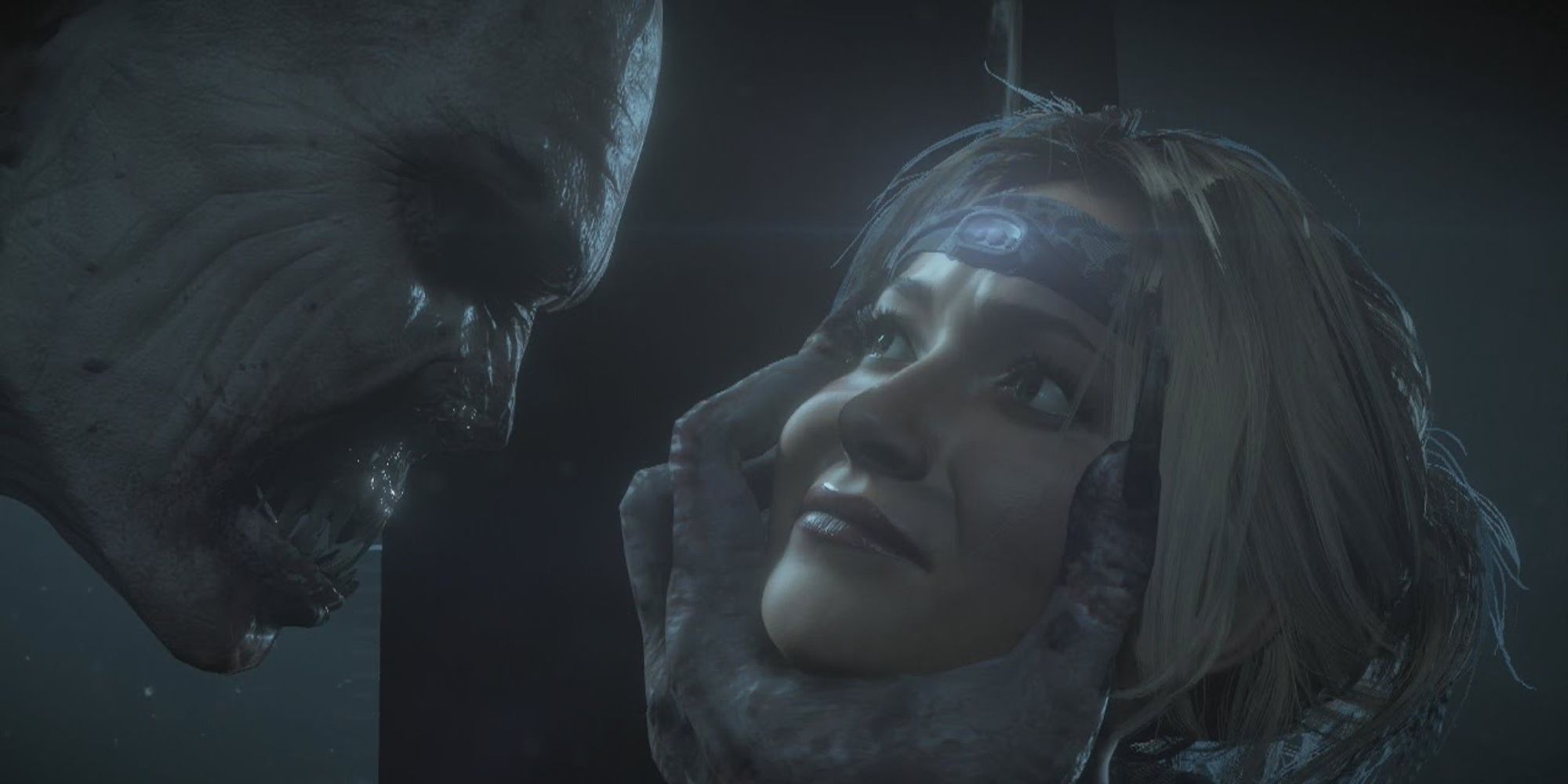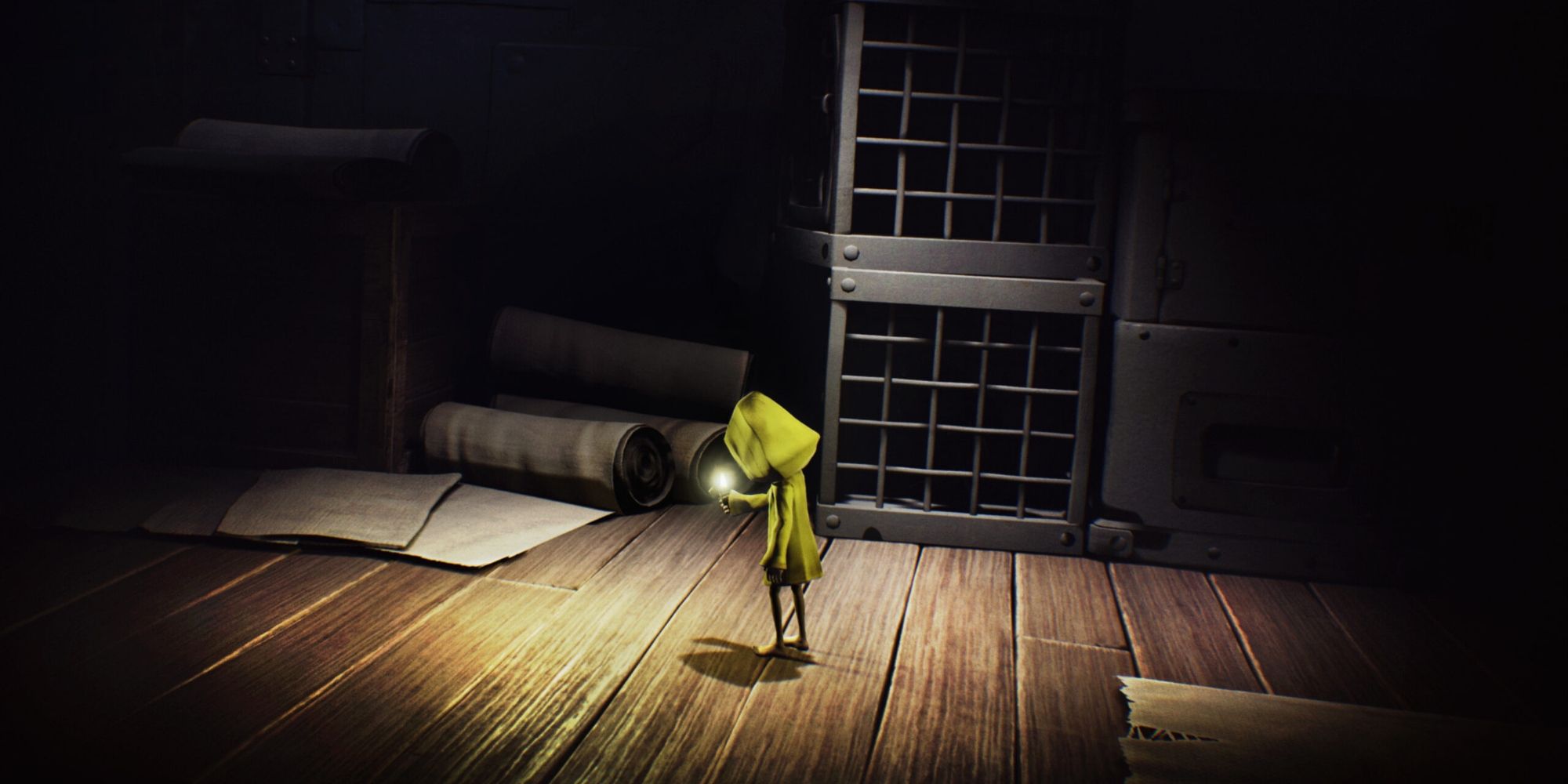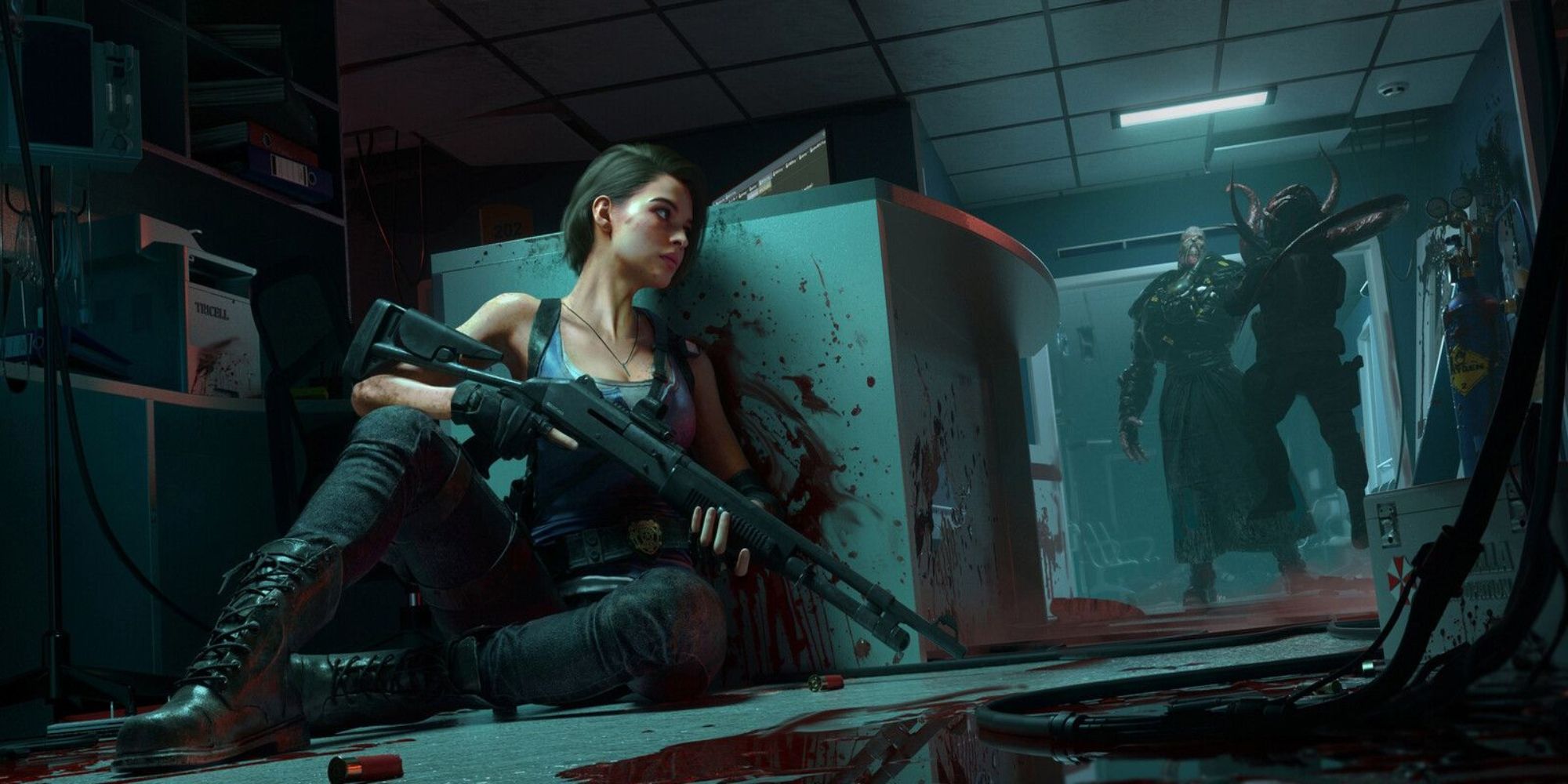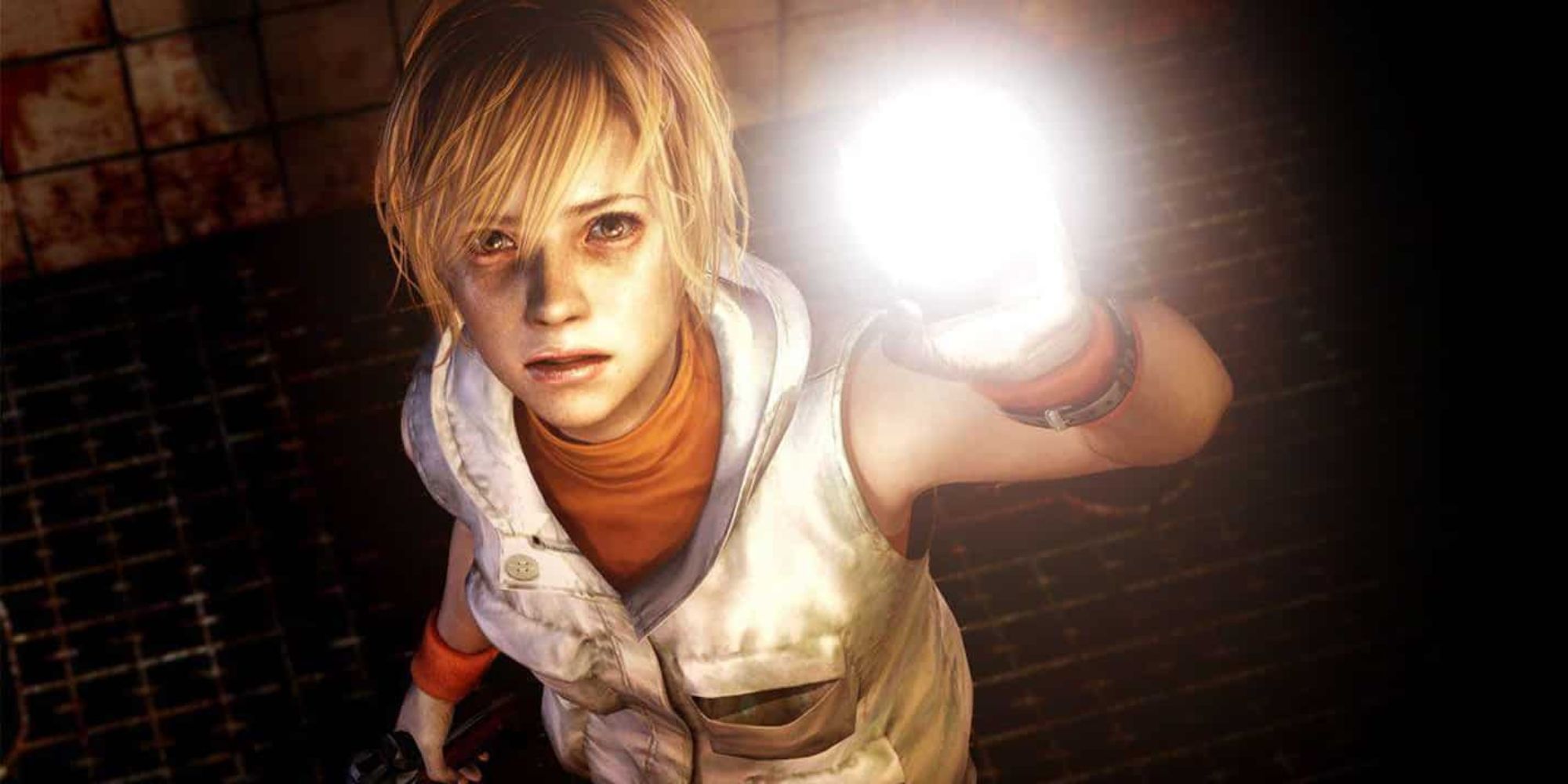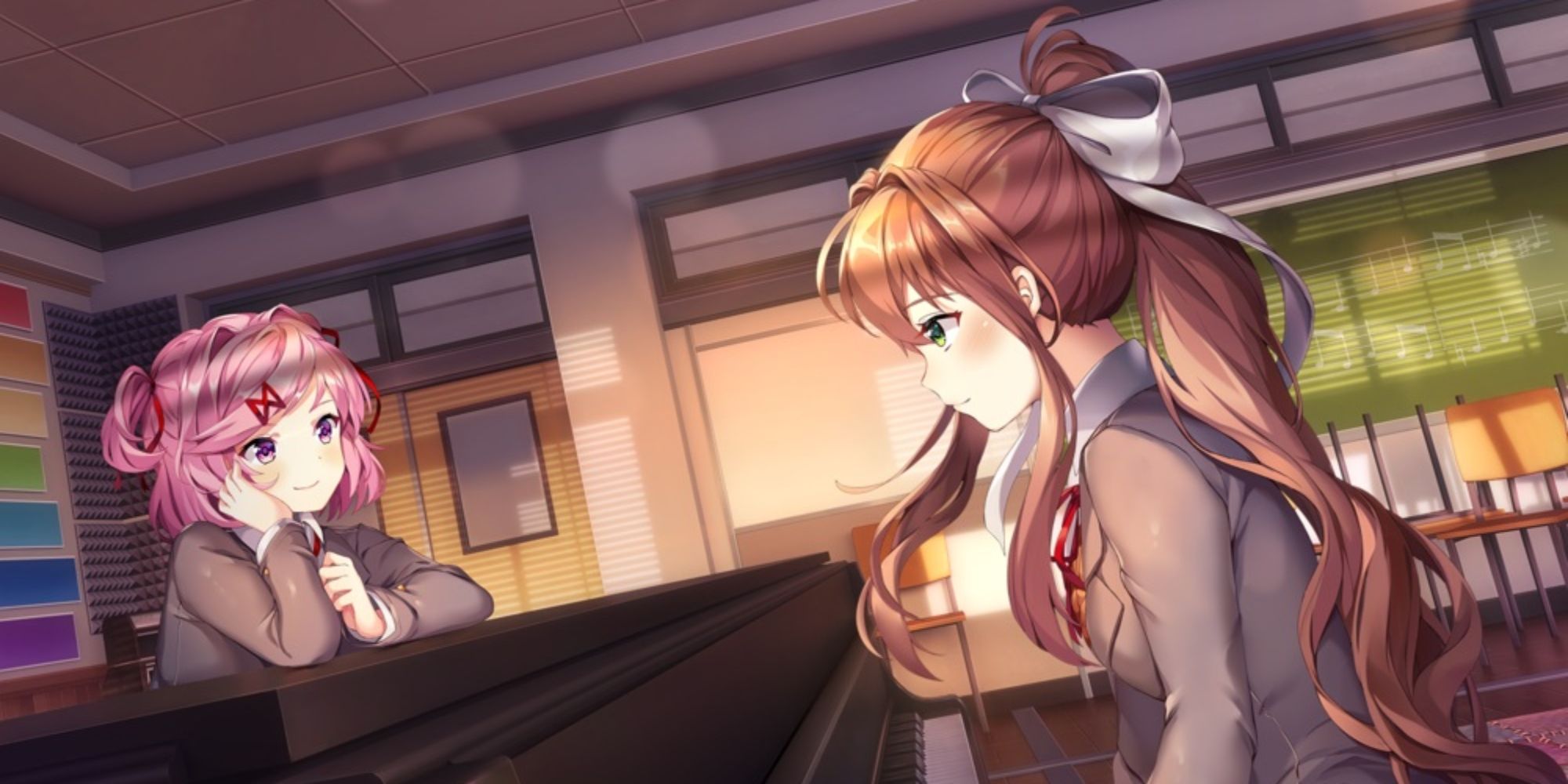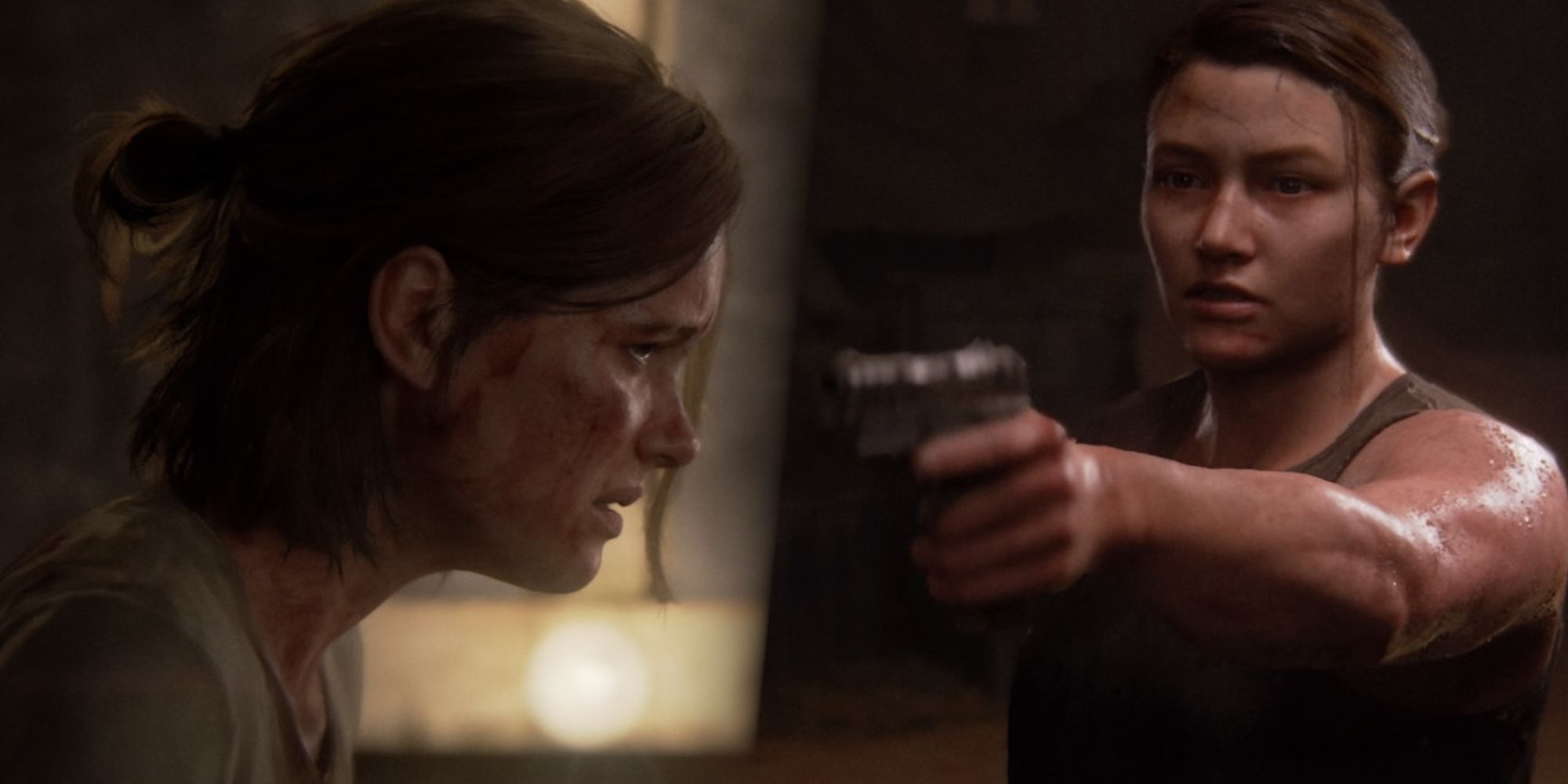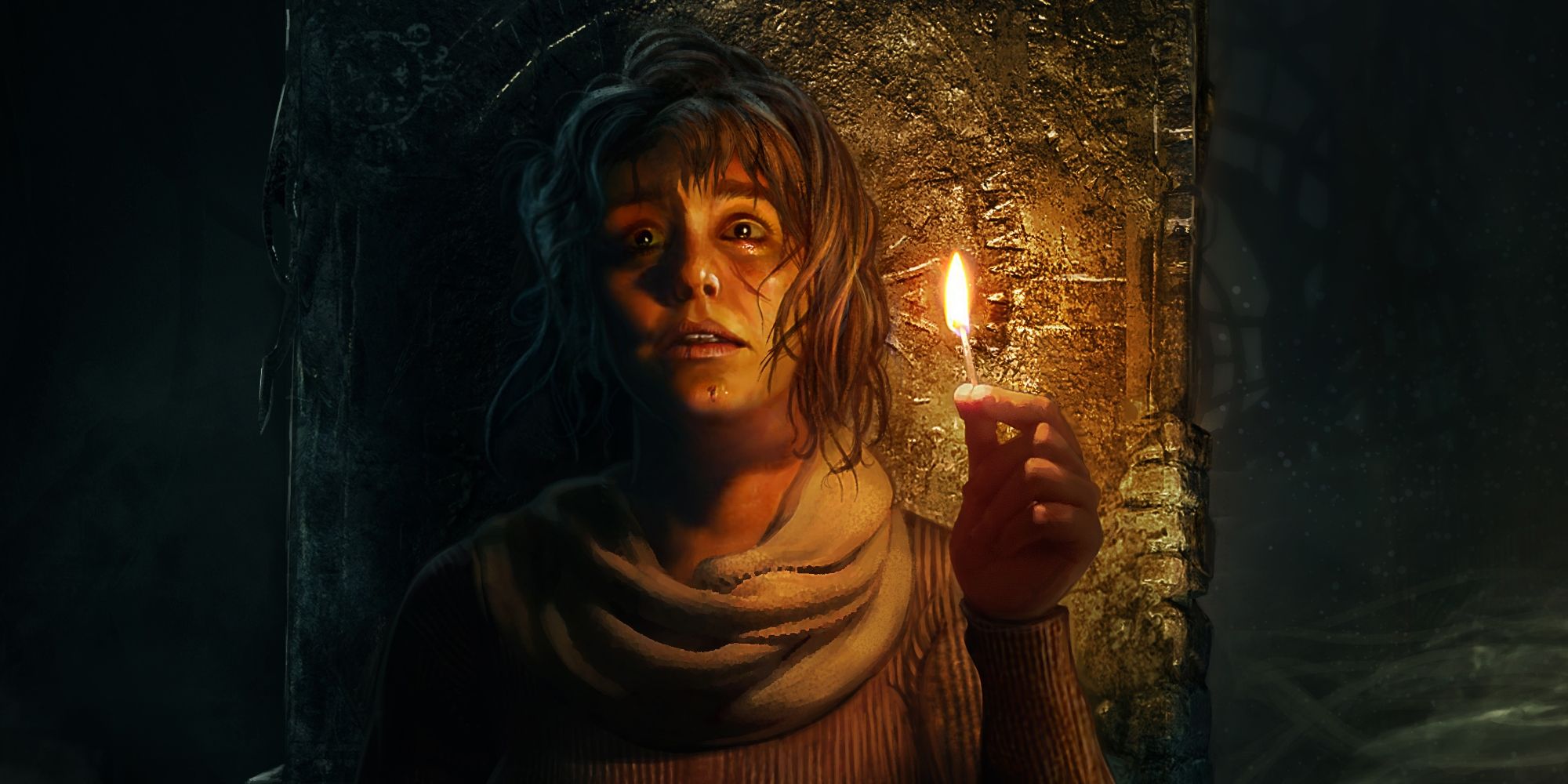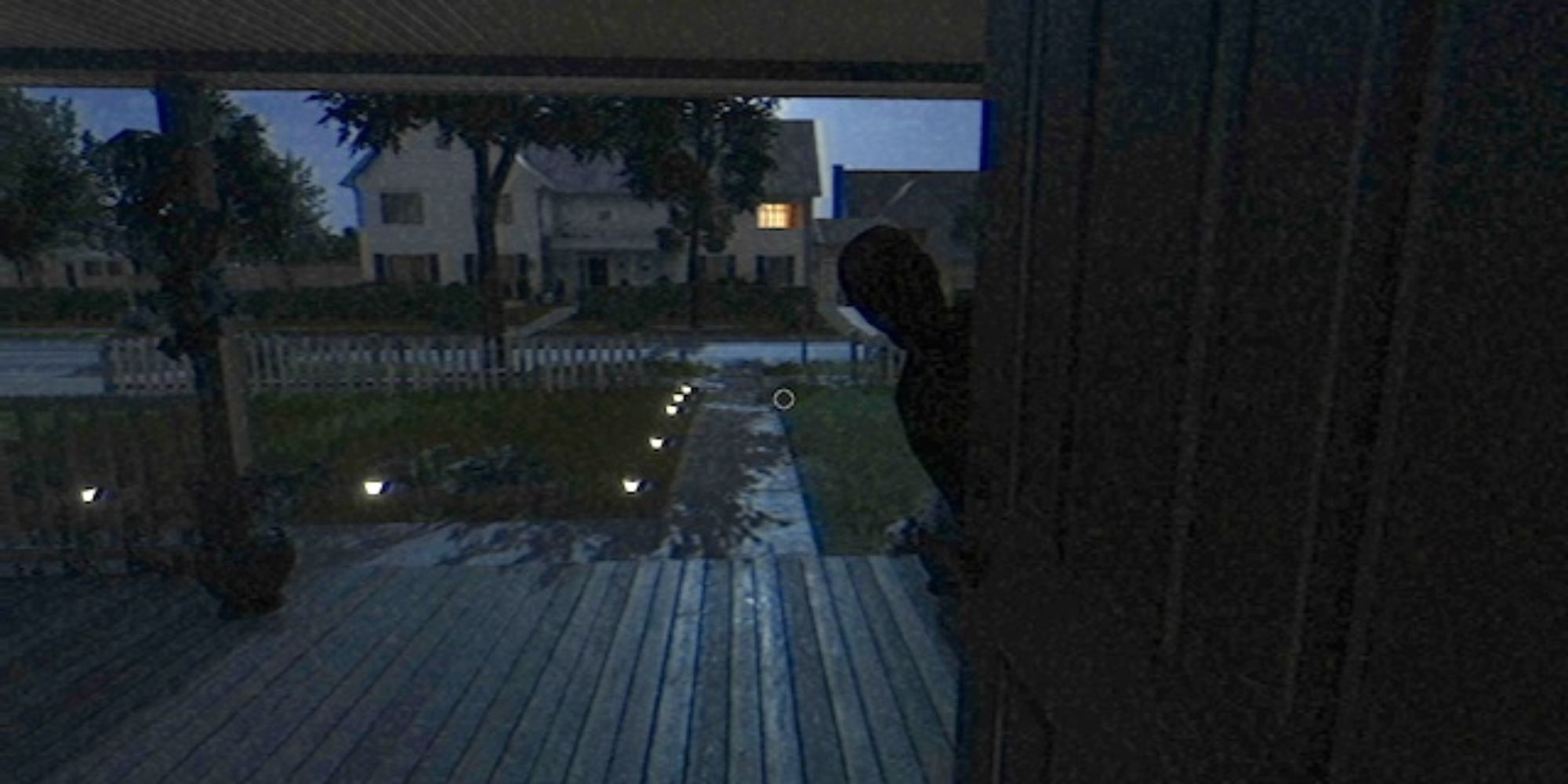The final girl trope, a traditional concept in conventional slasher models, refers to the last girl(s) or woman left alive to fight the killer or other threat in a horror film, video game, novel, or some such media. While the final girl trope was integrated into mainstream horror by cult-classic slasher franchises like Halloween, Friday the 13th, and The Texas Chain Saw Massacre, there are countless other interpretations across the horror spectrum.
On the more pressing topic of horror video games, which don't seem to generate the same mass appeal as feature-length films, the tried-and-true trope isn't so stylistically clear-cut. There are ample interpretations of the final girl definition, but more often than not, the final girl outlives all other characters and lives to tell the tale of her harrowing ordeal. However, some iterations of the final girl trope — especially in video games — don't always follow the same strict formula.
8 Until Dawn
Supermassive Games' Until Dawn debuted in 2015 to kick-start the well-known Dark Pictures Anthology that includes Man of Medan, Little Hope, and House of Ashes, all of which were massive hits. Until Dawn exploits the chaos theory known as the butterfly effect, a phenomenon wherein one seemingly insignificant change in a larger, complex system can have major, sometimes disastrous effects.
Until Dawn's final girl is Samantha Giddings (Hayden Panettiere), an optimistic and sagacious animal lover who finds herself — along with her friends — enduring a night of terror. What makes Sam's final girl traits so unconventional is the reality that all other characters' lives are in her hands. She can kill them all just as easily as she can save them, all depending on the player's crucial choices.
7 Little Nightmares
The puzzle-platform horror Little Nightmares follows Six, a starving child who must navigate the Maw, a giant iron vessel housing distorted, grotesque and monstrous beings that wish to do her harm. Lulling players into a false sense of security, Little Nightmares paints the deceiving image that Six is innocent and devoid of evil, unlike the deformed inhabitants of the Maw.
However, in a shocking twist, Six rebels against the rules of the final girl trope that insists on her integrity and goodness. Six, while experiencing debilitating hunger, begins sporadically feasting on her helpful Nome friends, then eventually targets the Lady (the antagonist) and the Guests who have continuously tried to devour her. Six turns the trope on its head by exposing her malicious intent, which is further explored after she cruelly allows Mono to seemingly fall to his death in Little Nightmares 2.
6 Resident Evil
There are countless exemplary specimens to be found for unorthodox final girls in the Resident Evil franchise. Disregarding side characters, the core females are Jill Valentine, Claire Redfield, and Ada Wong, all of whom break down the final girl stereotype. Without needing to examine them all separately, Jill, Claire, and Ada are polar opposites of the standard archetype. By definition and condition, a final girl is typically an ordinary girl/woman thrust into extraordinary scenarios without the means, knowledge, or capability to defend herself.
However, long before the outbreak in Raccoon City, Jill Valentine was already a Special Operations Agent (SOA), Claire a gifted fighter, and Ada exceptional in the art of espionage. All three of the Resident Evil leading ladies were well-equipped to handle the outbreak even before it worsened and became a pandemic.
5 Silent Hill 3
Similar to the Valentine-Redfield-Wong complex, Silent Hill 3's Heather Mason doesn't outlast her fellow survivors. She features as the main protagonist of Silent Hill's third digital outing but turns the final girl trope on its head in the most straightforward way possible. The term derives from the concept of the last woman standing, but Heather — aside from interacting briefly with others — fights all the weird and wonderful creatures residing in the quiet American town of Silent Hill completely alone right from the start.
There have been arguments made in favor of Heather Mason's status as one of the most compelling and intriguing characters in the whole Silent Hill franchise, which makes it all the more satisfying that she goes against the assumptions that make the final girl trope so predictable and systematic.
4 Doki Doki Literature Club!
This one might be a tad surprising but as Doki Doki Literature Club! is classified as a psychological horror (despite its initial marketing to the contrary) and revolves around an extremely atypical final girl, it isn't so far-fetched as one might initially think. Doki Doki Literature Club! presents itself as a light-hearted dating simulator, but it soon becomes apparent that Monika, the club's admirable leader, is orchestrating the brutal deaths of her fellow members to claim the eligible bachelor (the unsuspecting player) all for herself.
By the game's end, Monika has successfully taken out the competition, so all that remains is the MC (Main Character) and herself in an endless void of digital deprivation. Eventually, using some software trickery (shoutout to Dan Salvato for the ingenious backdoor), Monika gets her comeuppance and realizes the error of her ways, thus restoring the deleted files of Sayori, Yuri, and Natsuki. After Monika reveals herself to be DDLC's Big Bad, it's hard to argue that her radical transition is the farthest thing from a conventional final girl that ever existed.
3 The Last Of Us Part 2
Yet another fairly self-explanatory departure from a usual final girl, The Last of Us 2 sees Ellie and Abby, our central protagonists (antagonists in one another's storylines), duking it out in a free-for-all that spans several hours of gameplay. Following on from The Last of Us, the sequel centers on a now-18-year-old Ellie who navigates a romantic relationship with Dina, a blossoming rivalry with Abby, and the worsening apocalypse, all while reeling from the death of Joel, which sets her on the path of revenge.
Since The Last of Us 2 freely interchanges both Ellie and Abby's respective quests, it wouldn't be a stretch to say that both Ellie and Abby are final girls, but rather than combining their efforts to fight a common threat or battling their own enemies, Ellie and Abby are on a mission to kill one another, which doesn't sound very orthodox for a final girl. Furthermore, most final girls walk away from an ordeal with far more to live for, but Ellie loses Dina as well as a few fingers, which means that she can no longer keep Joel's memory alive by strumming her guitar.
2 Amnesia: Rebirth
Serving as a sequel to Amnesia: The Dark Descent, Frictional Games' Amnesia: Rebirth instead focuses on Anastasie "Tasi" Trianon rather than Daniel. Again, rather than fighting to survive as typical final girls do, Tasi's plane crash-lands in an unfamiliar environment and she explores the land alone. Another crucial component that defines the final girl trope is the subject's ability to fight back against a threat. However, Tasi doesn't have that same luxury. In Amnesia: Rebirth, there isn't any form of combat system, and therefore when Tasi encounters a supernatural entity, she is forced to either run or hide — and those are her only two choices.
By taking away Tasi's opportunity to combat the darkness, she is less of a final girl and more akin to an unfortunate victim reliant on luck and strategy than an inherent and ferocious survival instinct. Much like Until Dawn, for the same reasons as Sam, Tasi's own choices have a direct influence on the demise or prosperity of her fellow survivor Amari, which makes her less passive in her own outcome than final girls bound by the conventions of the horror trope.
1 Fears To Fathom
Fears To Fathom is somewhat of a hidden gem for horror aficionados and might be more confusing in terms of structure and the definitive presence of a final girl character. Each reenactment, which is divided into chapters, accurately depicts the real-life events of the authors who submitted their stories. Players are armed with the knowledge that the victims in these short interactions are alive and well, despite a pre-programmed ending that begs to differ.
From the get-go, we know the final girls (which in this case could be boys, too) make it out unscathed for the most part, but while most final girls are guaranteed to make it out alive, Fears To Fathom's most achievable ending results in the capture and/or supposed death of the player, which doesn't conform with standard final girl definitions.

